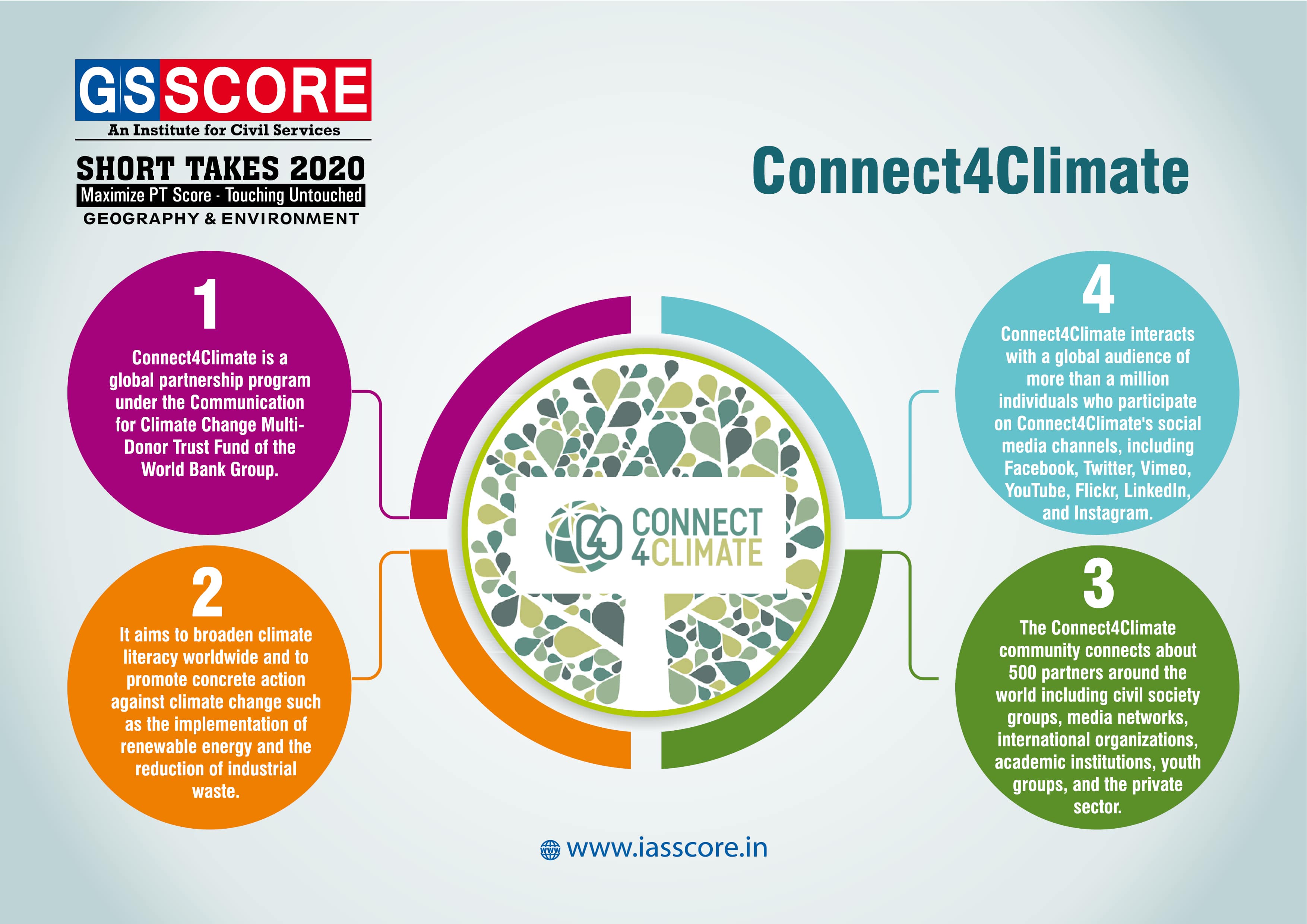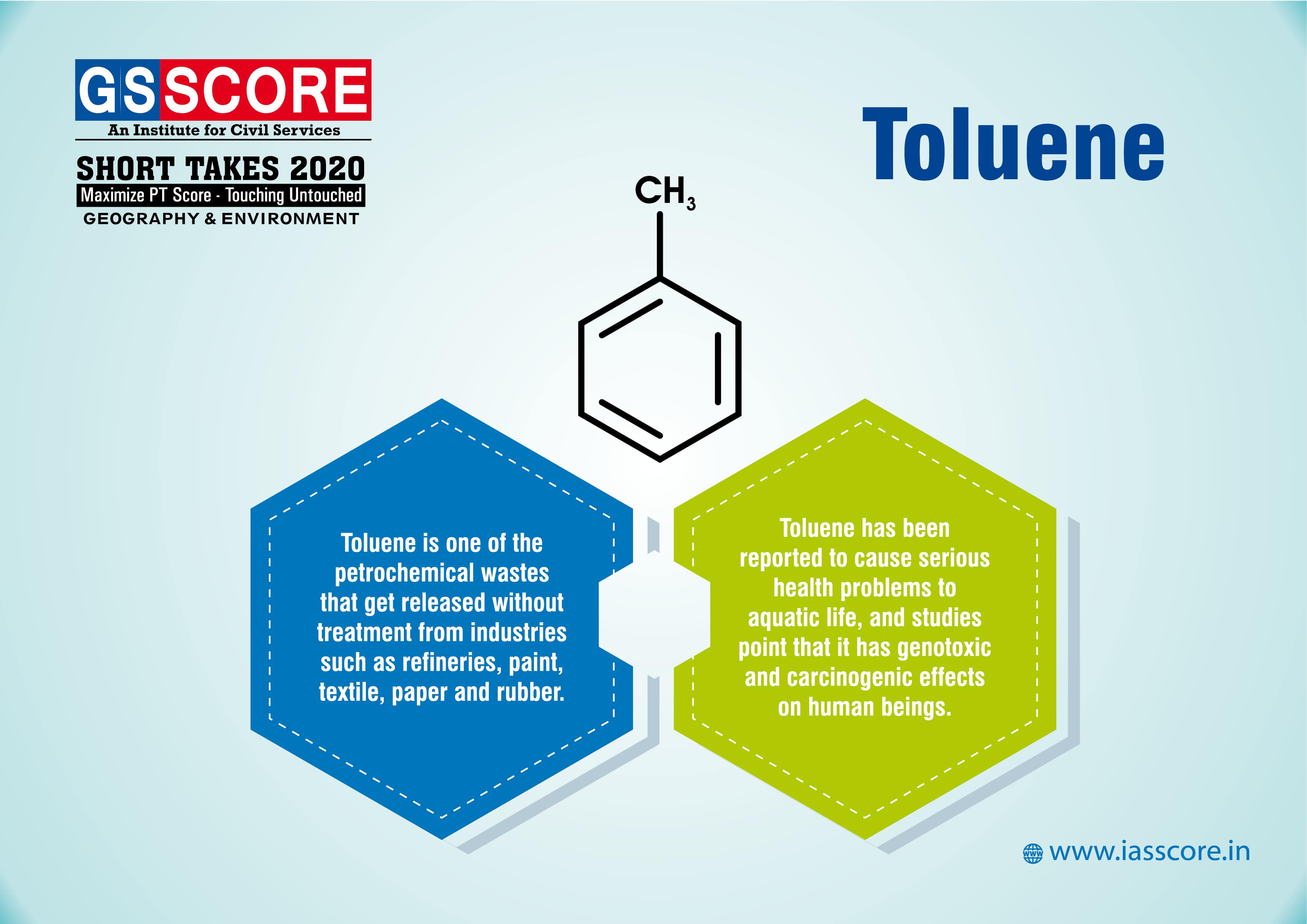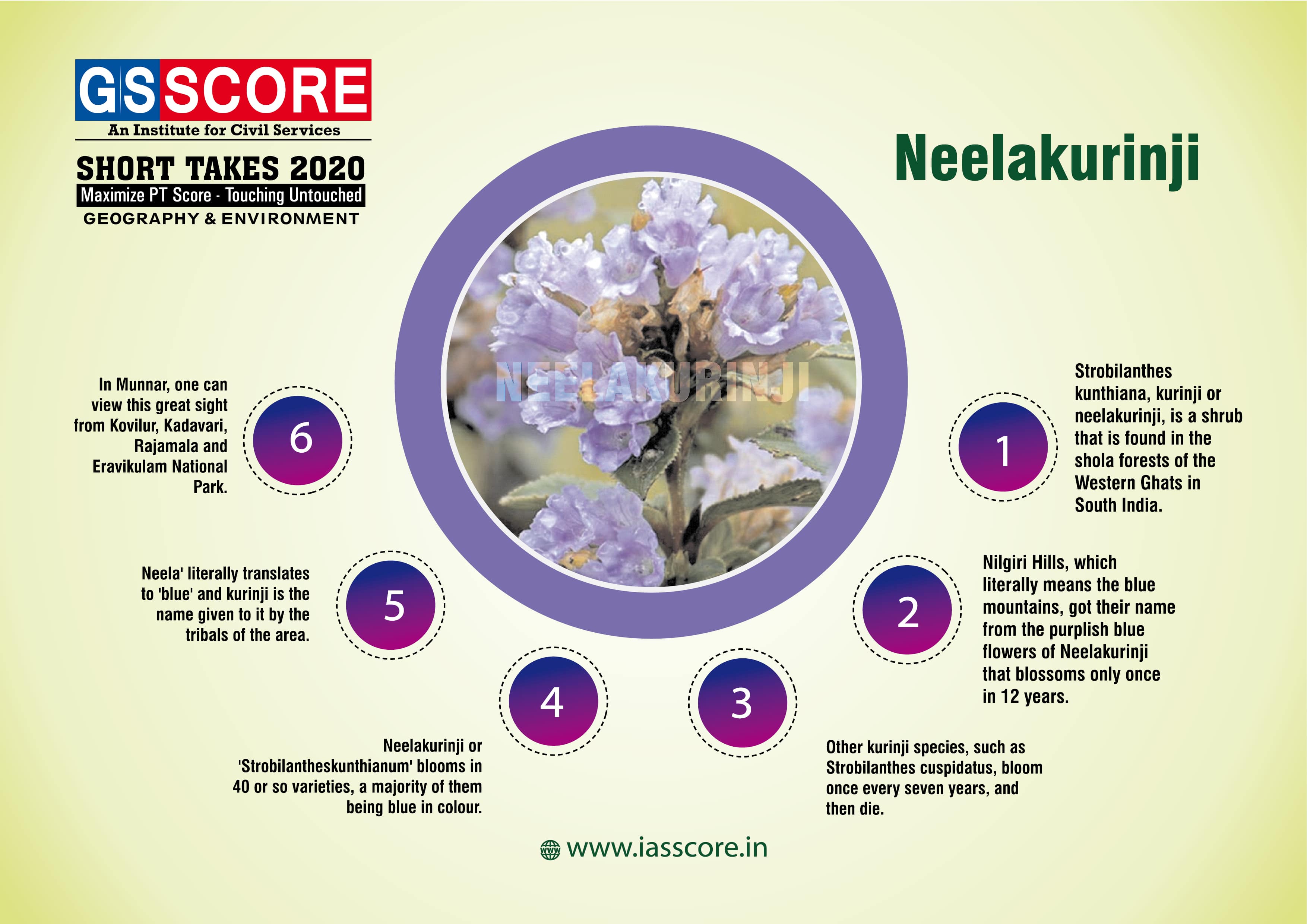Polity: DPSP and FD’S
Astana declaration: not just health, but affordable health for all
Context
- In an event that marked 40 years of the historic Alma Ata Declaration, which declared health as a human right for all, all the 192 member countries of the United Nations, including India, signed the Astana Declaration.
About
- Aim: This declaration is meant to take the earlier agreement forward, strengthen the primary healthcare (PHC) systems and realise the idea of universal healthcare (UHC).
Key takeaways from the declaration:
- The declaration touches upon the crucial aspect that PHC should not function in a vacuum and there has to be cohesion between all tiers of healthcare so that the services given to patients are not limited.
- The declaration also takes into cognizance the growing threat of lifestyle and non-communicable diseases.
- The declaration asks all member states to make “bold political choices” for health across sectors.
- It also seeks a multi-sectoral action that includes technology, scientific and traditional knowledge, along with well-trained and compensated health professionals, and people and community participation are needed to strengthen primary health care and provide quality “health for all”.
Need for this declaration
- Health not available to all: Forty years on, almost half the world’s population lacks access to essential health services, and 100 million people are pushed into poverty because of catastrophic health expenditure each year. Primary health care can provide 80-90% of a person’s healthcare needs in their lifetime.
- Growing cost of healthcare machinery: While the Alma Ata declaration talked about the availability of healthcare for one and all, the Astana declaration goes a step ahead and expresses concern about the growing cost of healthcare machinery.
- Lack of commitment to preventing disease: We have been too focused on fighting specific disease, too focussed on treatment at the expense of preventing diseases. We must recommit to making primary health care as the foundation of universal healthcare.
- Although, the world is a healthier place for children today than ever before, close to 6 million children die every year before their fifth birthday; mostly from preventable causes, and more than 150 million are stunted.
Mapping of child care institution report
Context
- Ministry of Women and Child Development has released a full report of the pan-India survey titled ‘Mapping and Review Exercise of Child Care Institutions’ conducted between December 2015 and March 2017.
- The survey was conducted by Childline India Foundation and the National Commission for Protection of Child Rights (NCPCR).
About
- The report highlights the poor safety and security measures, inadequate monitoring and a lack of effort to trace parents of missing children sent to these homes as major lacunas of the existing shelter homes.
- The detailed report shows that only 46.7% of the total homes had an adequate number of caregivers per child.
- Only 28.7% centres were able to tend to inmates showing signs of hunger or illness and 65.9% of homes were able to actively supervise children under trauma.
- The report also says that the lack of infrastructure facilities is “glaring” and finds that more than 1,000 homes did not have a dormitory for children, raising questions about sleeping arrangements made for them.
- Only 19.3% of CCIs made an effort to trace the biological parents of a rescued child. Similarly, a mere 18.32% of the homes made an effort to file an FIR in case of missing children reported to it.
- Only 37.21% of centres maintained records of a child being reunited with his or her family, such as a letter from a parent or a guardian with an identity proof.
- Children of single parents constituted a third of the total number of total children in homes, accounting for 1,20,118 children. This number is largest than any of the categories including orphaned or those surrendered by their parents.
- According to the report, many child care institutions (CCIs) recorded a poor rate of producing a child before the CWC, ranging from no such cases in Manipur through 17% in Kerala, 32 % in Uttar Pradesh to 48% in Sikkim and 50% in Uttarakhand.
Daman initiative
Context
- Odisha has emerged as an inspiration in the global fight against malaria, through its DAMaN initiative.
About
- In recent years, Odisha has dramatically scaled-up efforts to prevent, diagnose and treat malaria through its Durgama Anchalare Malaria Nirakaran (DAMaN) initiative, which has produced impressive results in a short span of time.
- DAMaN aims to deliver services to the most inaccessible and hardest hit people of the State. The initiative has in-built innovative strategies to combat asymptomatic malaria. It has been accorded priority in the State’s health agenda.
- In 2017, Accredited Social Health Activists (ASHAs) helped distribute approximately 11 million bed nets, which was enough to protect all the residents in areas that were at the highest risk. This included residential hostels in schools. As a result of its sustained efforts, Odisha recorded 80% decline in malaria cases and deaths in 2017.
- There is a financial commitment for a five-year period to sustain and build on the impact created by the initiative.
Malaria Prevention in India
- The WHO’s World Malaria Report of 2018 highlighted India’s recent strides against malaria.
- India is the only country among the 11 highest-burden countries that saw substantial progress in reducing disease burden: it saw a 24% decrease in 2017 compared to 2016.
- This shows that India has assumed a leadership role in advancing global efforts to end malaria.
- The country’s success provides hope to the other highest-burden countries to tackle malaria head-on.
- India’s progress in fighting malaria is an outcome of concerted efforts to ensure that its malaria programme is country-owned and country-led, even as it is in alignment with globally accepted strategies.
- The turning point in India’s fight against malaria came at the East Asia Summit in 2015, when it pledged to eliminate the disease by 2030.
- Following this public declaration, India launched the five-year National Strategic Plan for Malaria Elimination.
- This marked a shift in focus from malaria “control” to “elimination”. The plan provides a roadmap to achieve the target of ending malaria in 571 districts out of India’s 678 districts by 2022.
Directive Principle of State Policy
- It is enumerated in Part IV of the Constitution from Articles 36 to 51.
- This idea is borrowed from the Irish Constitution of 1937, which had copied it from the Spanish Constitution.
FEATURES OF THE DIRECTIVE PRINCIPLES
- The phrase ‘Directive Principles of State Policy’ denotes the ideals that the State should keep in mind while formulating policies and enacting laws.
- The Directive Principles resemble the ‘Instrument of Instructions’ enumerated in the Government of India Act of 1935.
- They embody the concept of a ‘welfare state’ and not that of a ‘police state’.
- The Directive Principles are non-justiciable in nature. The Directive Principles, though non-justiciable in nature, help the courts in examining and determining the constitutional validity of a law.

Articles dealing with Directive Principles:
Article 36
- This defines the term ‘State’ in the same way as Article 2, which includes:
- The Government of India and the Union Parliament;
- The Government of the states and their Legislatures;
- All local authorities; and
- Other authorities in India or under the control of the Government of India
Article 37
- This declares the importance of DPSPs.
- It states that though DPSPs are not justiciable yet they shall be considered fundamental in the governance of the country and it shall be the duty of the state to include these directives in their policies.
Article 38
- This directs the state to create a social order for the promotion of the welfare of the people.
- This social order must provide social, economic and political justice.
- Under the 44th Amendment, Clause (2) has been added to Article 38 which directs the State to minimize inequalities in income, to eliminate inequalities in status, facilities and opportunities.
Article 39
- This is a very important article containing a number of directives that go a long way to establish a welfare state in India.
- It directs the states to secure the following:
- Adequate means of livelihood for all citizens.
- Control and ownership of the material resources of the community to be distributed in such a manner that it serves the common good.
- The operation of the economic system does not result in the concentration of wealth and means of production to the common detriment.
- Equal pay for equal work for both men and women.
- Health and strength of workers and children are not abused and the citizens are not forced by economic necessity to enter vocations unsuited to their age or strength.
- Children are given opportunities and facilities to develop in a healthy manner and their childhood and youth are protected against exploitation and moral and material abandonment (added by 42nd Amendment, 1976).
Thus, Article 39 is very wide in its scope. It requires the state to ensure adequate means of livelihood, fair distribution of wealth, equal pay for equal work, and protection of children and labour.
Especially Article 39 (b and c) lays the foundation of a welfare state.
Article 39A
- It was added to the Constitution by 42nd Amendment 1976.
- It requires the state to provide for equal justice and free legal aid.
Article 40
- This directs the state to organize village panchayats and confer adequate powers to them so that they can function as units of self-government.
- Accordingly, the Parliament has passed the 73rd Amendment of 1992, which has introduced Ppanchayats in Part IX in the Constitution.
Article 41
- Under this Article, the state is directed to provide the Right to Work, to education and to public assistance subject to its economic capacity.
Article 42
- Under this Article, the State shall make provision for securing just and humane conditions of work and maternity relief.
- The state has enacted laws such as the Industrial Disputes Act, Minimum Wages Act, Maternity Relief Act, etc., to implement this article.
Article 43
- This Article directs the state to make efforts to secure living wages and organize cottage industries in rural areas.
Article 44
- This article deals with the implementation of a Uniform Civil Code for the citizens throughout India.
- The State is supposed to take steps to establish a Uniform Civil code for all the citizens irrespective of caste, creed or religion.
Article 45
- Provision for free and compulsory education for children till the age of 14 years.
- However, this article has been amended by the 86th Amendment Act, 2002 which has inserted A-21A in the constitution-making right to education a fundamental right for all children between 6-14 years of age.
- Now 45-A directs the state to make provisions for early childhood care and education for all children till the age of 6 years.
Article 46
- It seeks to protect the educational and economic interests of SC/STs and other weaker sections. A number of educational facilities have been extended to SC/STs in pursuance of this article.
Article 47
- The state has been directed by this article to raise the level of nutrition and the standard of living and to improve public health. This also includes prohibition of liquor and intoxicating drugs.
Article 48
- Organization of agriculture and animal husbandry.
- The state under this article has to organize agriculture and animal husbandry on modern and scientific lines.
- This also includes prohibition of killing of cows, calves and other milch and draught cattle.
Article 48-A
- Added by 42nd Amendment, 1976, this article enjoins on the state task of protecting and improving environment, forests and wild life.
- A number of acts relating to protecting the environment, forests and wild life have been enacted.
Article 49
- This article obligates the state to protect monuments and places of national importance.
Article 50
- Separation of judiciary from the executive in the public services of the state.
Article 51
- To promote international peace and security and maintain just and honourable relations between nations; to foster respect for international law and treaty obligations, and to encourage settlement of international disputes by arbitration.
Amendments to Directive Principles
- 42nd Constitutional Amendment Act.1976
-
- Article 39A -To promote equal justice and to provide free legal aid to the poor.
- Article 39F -To secure opportunity for healthy development of children.
- Article 43A - To take steps to secure the participation of workers in the management of industries
- 44th Constitutional Amendment Act, 1978
-
- Article 38 (2) - To minimize inequalities in income, statue, facilities and opportunities.
- 86th Constitutional Amendment Act, 2002
-
- This amendment changed the subject matter of Article 45, and made elementary education a Fundamental Right under Article 21A.
- Article 45 - To provide early childhood care and education for all children until they complete the age of 14 years.
- 97th Constitutional Amendment Act, 2011
-
- Article 43B - To promote voluntary formation, autonomous functioning, democratic control and professional management of co-operative societies.
Fundamental Duties
- The Fundamental Duties in the Indian Constitution are inspired by the Constitution of erstwhile USSR.
- The Fundamental Duties of the citizens are enumerated in A-51A.
- 42nd Amendment Act 1976 - They were included in 1976 by the 42nd Amendment on the recommendation of Sardar Swaran Singh Committee.
- Fundamental Duties did not form part of the Constitution as originally adopted.
- The duties are addressed to the citizens only.
- Not Enforceable - Although, these duties are not enforceable by a Court, they provide a valuable guide and aid in the interpretation of the Constitution.
- The Fundamental Duties can be imposed through some suitable legislation.
- Eleven Duties- The fundamental duties are 11 in number.
- 42nd Amendment Act 1976 - Ten duties were included in the Indian Constitution by the 42nd Amendment Act 1976 and
- 86th Amendment Act, 2002 - The Eleventh duty was added by the 86th Amendment Act, 2002.
List of Fundamental Duties
- 51A (a) To abide the Constitution and respect its ideals and institutions, the National Flag and the National Anthem
- 51A (b) To cherish and follow the noble ideals which inspired our national struggle for freedom
- 51A (c) To uphold and protect the sovereignty, unity and integrity of India
- 51A (d) To defend the country and render national services when called upon to do so
- 51A (e) To promote harmony and the spirit of common brotherhood amongst all the people of India transcending religious, linguistic and regional or sectional diversities; to renounce practices derogatory to the dignity of women
- 51A (f) To value and preserve the rich heritage of our composite culture
- 51A (g) To value protect and improve the natural environment including forests, lakes, rivers and wild life, and to have compassion for living creatures
- 51A (h) To develop the scientific temper, humanism and spirit of inquiry and reform
- 51A (i) To safeguard public property and to abjure violence
- 51A (j)To strive towards excellence in all spheres of individual and collective activity so that the nation constantly rises to higher levels of endeavor and achievement
- 51A (k) Duty of the parent or guardian to provide opportunities for education to his child, as the case may be, ward between the age of six and fourteen years (added by 86th Amendment Act, 2002)
FDs are Non-enforceable and Non-justiciable
- The fundamental duties are non-enforceable and non-justiciable in character.
- It means that no citizen can be punished by a court for violation of a fundamental duty.
- In this respect, the fundamental duties are like the directive principles of the constitution in Part IV.
- Courts can certainly take cognizance of laws seeking to give effect to fundamental duties.
Legal Provision for Implementation of Fundamental Duties
- The Verma Committee (1999) identified the existence of following legal provision
- The prevention of insults to National Honour Act (1971)
- The various criminal laws provide for punishment for encouraging enmity and discrimination
- The Protection of Civil Right Act (1955)
- The Representation of people Act (1951)
- The Wildlife Protection Act (1972) and
- Forest Conservation Act (1980)
Connect4Climate

Toluene

Earth day 2019

Nandhaur Wildlife

Neelakurinji


